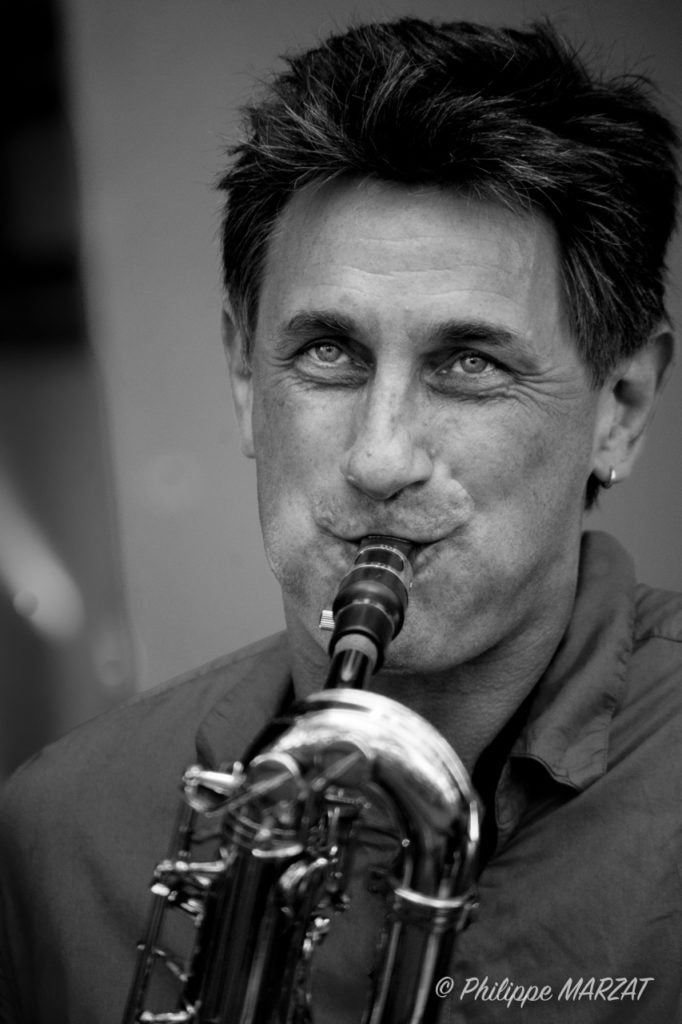Éric Séva inherited this love of new horizons from his father. A musician at heart, Séva Sr. worked as a metal turner in a factory during the week and traded his overalls for a stage costume on the weekend at local dances. Music was so much at the heart of Éric’s education that picking up an instrument seemed natural, and his father presented him with a recorder in 1969, at the tender age of five. By the mid-seventies, Séva has traded his flute for a saxophone. This buoyant period saw the aspiring musician hone his melodic and harmonic skills with his father’s band in local dance halls while pursuing classical studies at the Paris School of Music.
He continued his training in New York with jazz saxophonist Dave Liebman.
Although improvised music clearly was his priority — as proved his tenure with the French National Jazz Orchestra from 2005 to 2008 —, Éric used the studio as a proving ground, appearing on dozens of albums by the likes of Didier Lockwood, Chris Réa, Thomas Fersen, David Krakauer, Celine Dion, Henri Salvador, Michel Legrand, Sylvain Luc, Khalil Chahine, as well as international pop sensation Zaz with whom he recently made a world tour.
Éric’s interest in jazz has always been stirred by his love of freedom and hybridization. Eric typically widened his creative spectrum in 2005 when he recorded his first album, Folklores imaginaires, in which he explored the art of composing and improvising to the tune of his interior rhythm. His next recording, Espaces croisés, was hailed by critics four years later; Eric daringly showcased in it his mastery of the whole sax family, from the soprano to the baritone, asserting his creative independence in the way he projected his sound.
Several projects have followed since: Danse avec Bartók, Confluence (a translation for quartet and symphonic orchestra of Éric’s desire to trigger a fruitful confrontation between the jazz and classical worlds), the Nomade sonore album (2015), which reminds us that its creator is a traveler at heart; and Body & Blues (2017), a tribute to the blues, Mother of Pearl (2020), a cross between his baritone saxophone and Daniel Mille's accordion.
Like the world of dreams, Éric’s musical realm is a translation of his imagination that transcends his relationship with the listener, making it possible for audiences to travel in his wake. And travel they do, with blissful glee.
Biography by Sebastian Danchin
Photo credit : Philippe Marzat

